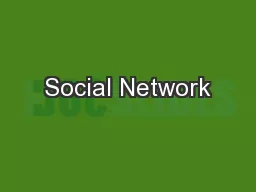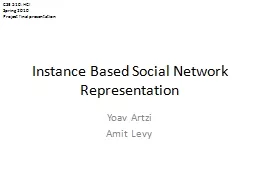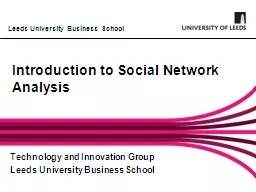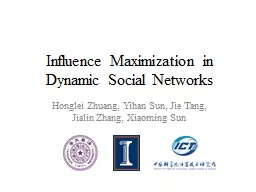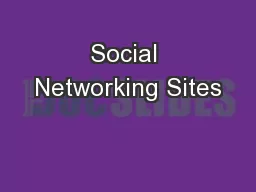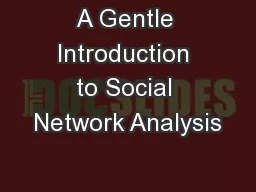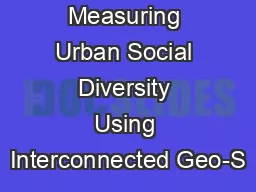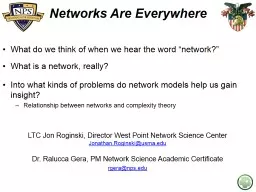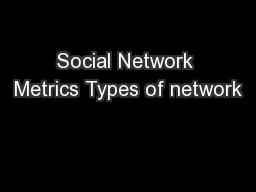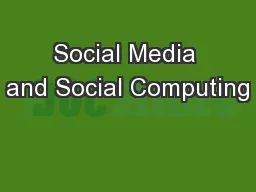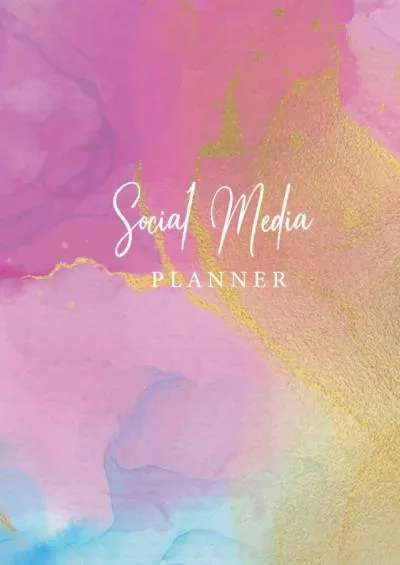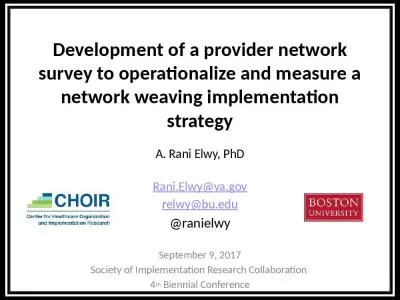PPT-Social Network
Author : karlyn-bohler | Published Date : 2017-07-10
Jacob Suggs and Nalini PeresdaSilva Internet sites where people interact freely sharing and discussing info about each other and their lives using a multimedia mix
Presentation Embed Code
Download Presentation
Download Presentation The PPT/PDF document "Social Network" is the property of its rightful owner. Permission is granted to download and print the materials on this website for personal, non-commercial use only, and to display it on your personal computer provided you do not modify the materials and that you retain all copyright notices contained in the materials. By downloading content from our website, you accept the terms of this agreement.
Social Network: Transcript
Download Rules Of Document
"Social Network"The content belongs to its owner. You may download and print it for personal use, without modification, and keep all copyright notices. By downloading, you agree to these terms.
Related Documents

